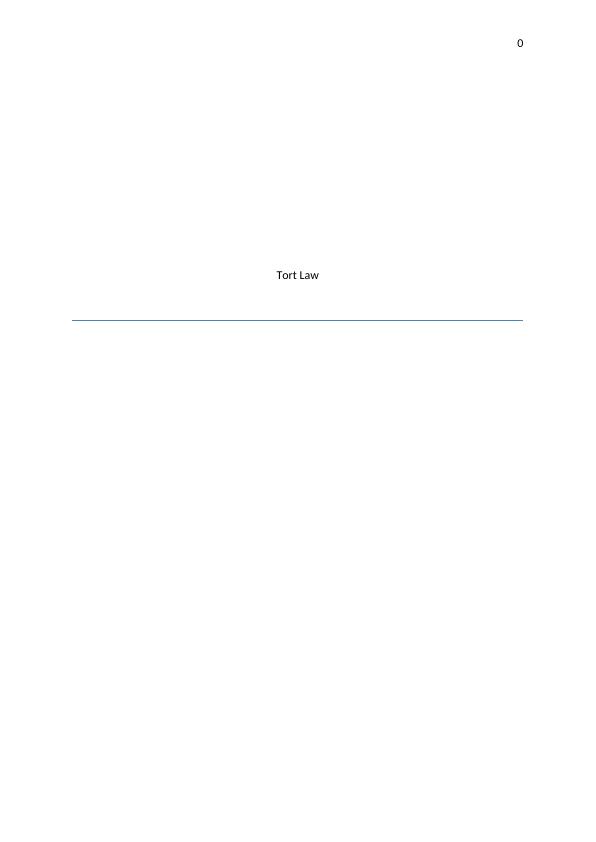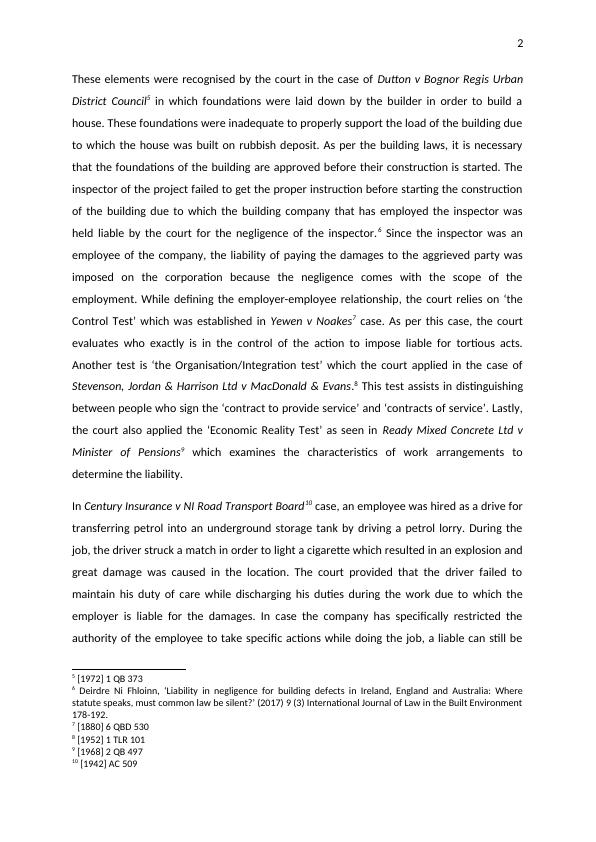Vicarious Liability in Tort Law: A Study on Company's Liability for Employee's Actions
7 Pages2066 Words440 Views
Added on 2023-04-22
About This Document
This essay evaluates the concept of vicarious liability and whether a company should always be held liable for the torts of its employee. It discusses different cases in which judgments are given by courts to support or contradict with this argument.
Vicarious Liability in Tort Law: A Study on Company's Liability for Employee's Actions
Added on 2023-04-22
ShareRelated Documents
End of preview
Want to access all the pages? Upload your documents or become a member.
Business Law and Ethics
|13
|2882
|23
Aspects of Tortious Liability with Contractual Liability
|7
|2140
|185
Empire Courier Case Analysis
|4
|744
|133
Company Law: Liability of a Company and its Employees
|8
|1594
|488
Business and Corporate Law: Vicarious Liability, Privity of Contract, Restraint of Trade, Types of Companies in Australia
|9
|2435
|80
Law for Business Managers: Assignment
|12
|3552
|117



